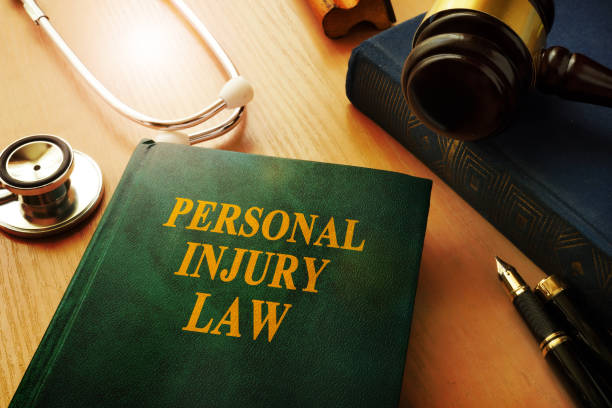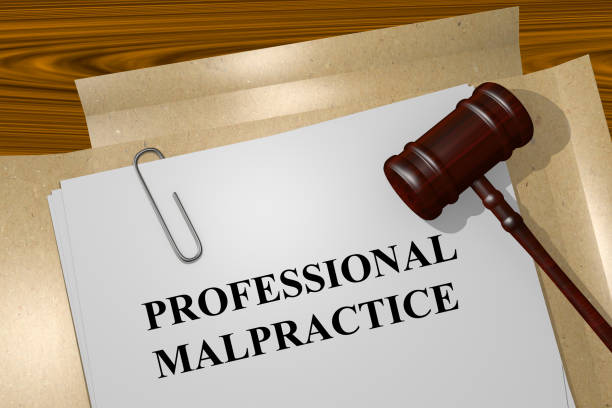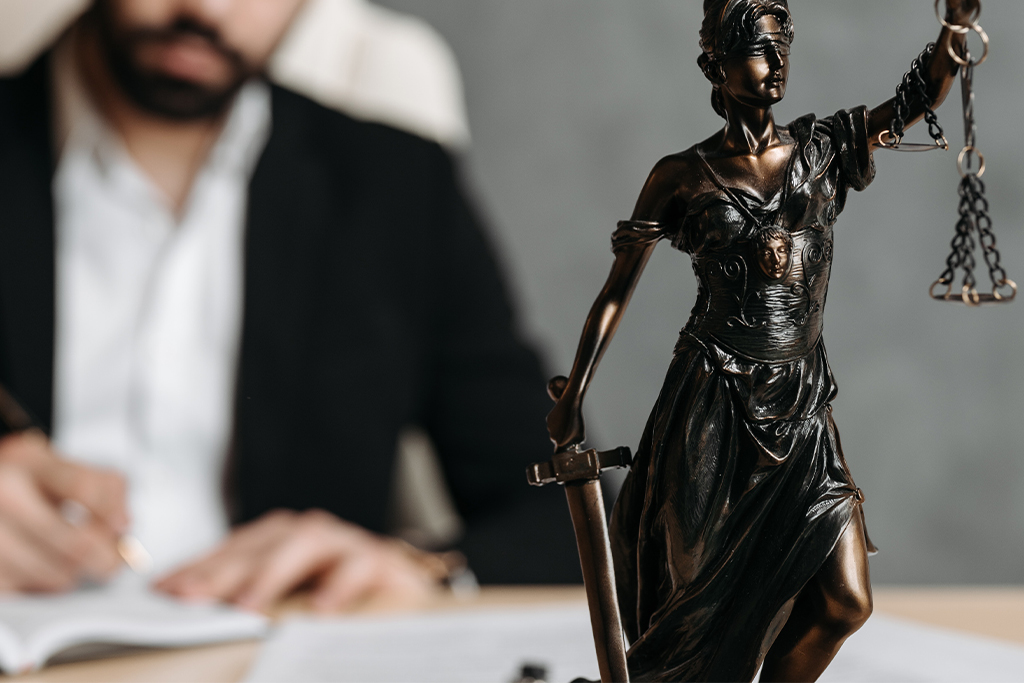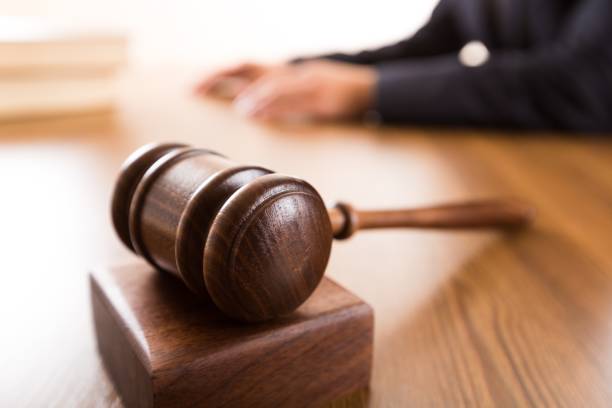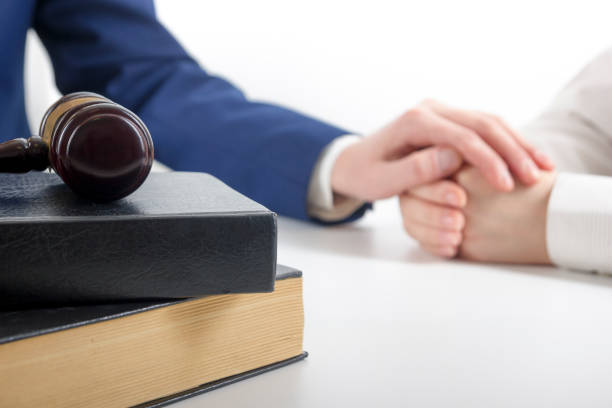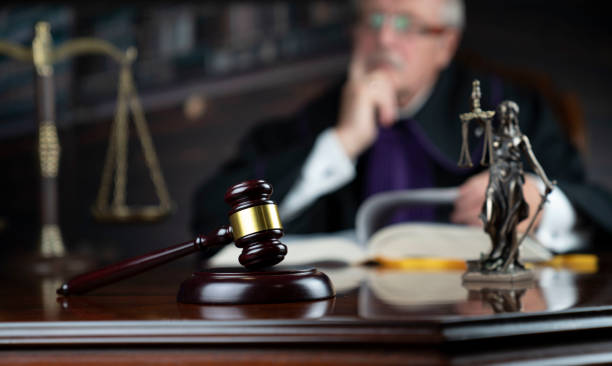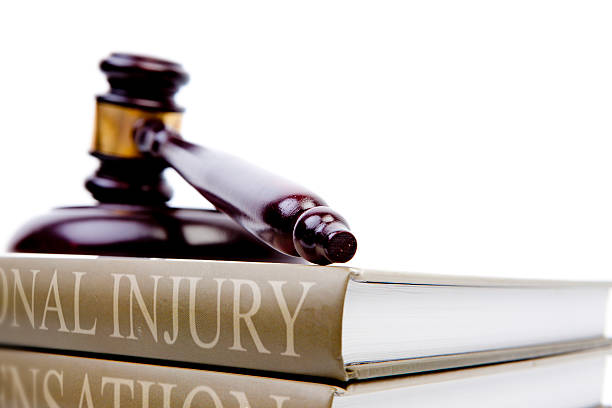Professional liability insurance also referred to as errors and omissions (E&O) coverage, is a type of policy designed to shield professionals from the consequences of negligence.
Here are some ways professional liability insurance can provide protection for professionals:
Financial Protection: Professional liability insurance offers financial safeguards to professionals if they are found liable for negligence. The insurer will cover the expenses of defending the professional against the claim and any damages awarded to plaintiffs, helping reduce both the business and personal financial strain that a negligence claim may have on a professional.
Peace of Mind: Professional liability insurance provides professionals with peace of mind, knowing they are insured against negligence risks and have a safety net in case something goes awry. With professional liability insurance, they can work confidently knowing they are safeguarded against potential issues.
Reputation Protection: Being accused of negligence can tarnish a professional’s reputation. Professional liability insurance helps safeguard that reputation by providing resources to defend against claims and mitigate any damage done to the professional’s standing.
Client Confidence: Clients may be more willing to work with professionals who possess professional liability insurance. Knowing that the professional has such coverage can give clients peace of mind that something goes awry, and they know they will be covered if something goes awry.
Compliance: Some professions, such as healthcare and accounting, may require professionals to have professional liability insurance in order to meet regulatory requirements. Having this coverage helps guarantee that professionals remain compliant with regulations within their industry.
It is essential to be aware that professional liability insurance does not provide protection for intentional wrongdoing or criminal acts. The policy only covers claims related to negligence or errors and omissions made during the course of a professional’s work.
In conclusion, professional liability insurance can be an integral component in shielding professionals from the risks of negligence. It provides financial security, peace of mind, reputation protection, client confidence, and regulatory adherence – all essential features for professionals to safeguard themselves and their business interests. Therefore, professionals should strongly consider purchasing professional liability insurance to safeguard themselves and their businesses against financial ruin due to negligence.
Finally, professional negligence can have a detrimental effect on the reputation of an entire profession. When professionals fail to uphold required standards of care, it undermines public trust in that profession – leading to loss of business, decreased demand for services, and even tarnished reputations that may be hard to restore.
Moreover, professional negligence can have devastating effects on not only those involved but also the reputation of the profession as a whole. Therefore, it is imperative for professionals to uphold the required standards of care in their work in order to mitigate such outcomes and guarantee the safety and well-being of their clients.
You must first seek help and advice from a personal injury lawyer. Darfoor Law Firm, one of the best in Florida will guide you with the best course of action.
If you are struggling, hurt, injured or suffered due to negligence, Call us at 1-833-DARFOOR to schedule your free consultation and case evaluation. We are always here to help you.


